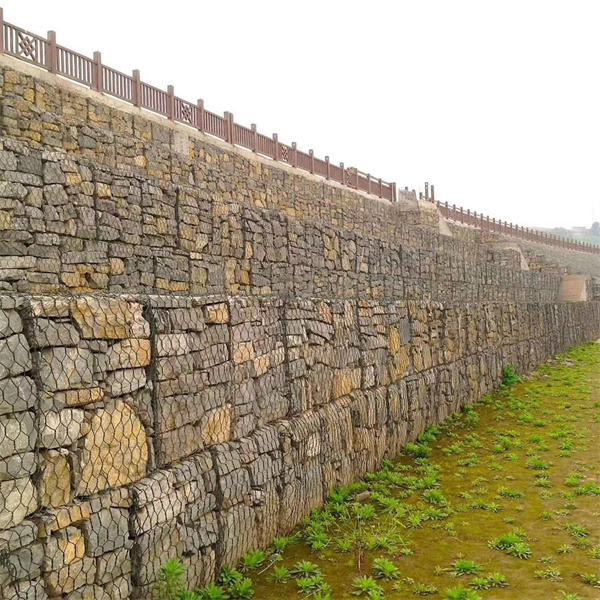Oct . 05, 2024 13:03 Back to list
high quality gabion wall sizes
High Quality Gabion Wall Sizes A Comprehensive Guide
Gabion walls are becoming increasingly popular in landscaping, erosion control, and civil engineering due to their durability, permeability, and aesthetic appeal. They are essentially wire cages filled with stones, gravel, or other materials, providing not only a robust structural component but also a visual element that can blend with natural surroundings. Understanding the different sizes of gabion walls is essential for effectively utilizing them in various applications. This article will explore the common sizes available, factors to consider, and how to determine the right size for your project.
Common Gabion Wall Sizes
Gabion walls come in various sizes to meet diverse requirements. The standard dimensions for the most commonly used gabion baskets are
1. Gabion Boxes Generally, gabion boxes are available in sizes of 1m x 1m x 1m (3.28 ft x 3.28 ft x 3.28 ft) and 2m x 1m x 1m (6.56 ft x 3.28 ft x 3.28 ft). They are often used for retaining walls and erosion control.
2. Gabion Mattresses These are typically flatter and come in sizes such as 2m x 1m x 0.3m (6.56 ft x 3.28 ft x 1 ft) or 3m x 2m x 0.3m (9.84 ft x 6.56 ft x 1 ft). Mattresses are ideal for riverbanks and slopes where a gentle profile is required.
3. Custom Sizes Many manufacturers offer the option to create custom sizes based on specific project requirements. This flexibility allows for the alteration of height, width, and length to fit unique applications.
Factors to Consider When Choosing Gabion Sizes
high quality gabion wall sizes

When selecting the right gabion wall size for your project, several factors should be taken into account
1. Purpose Determine the main function of the gabion wall. If it’s for retaining soil on a slope, larger boxes may be required. For decorative purposes, smaller or custom-shaped gabions may be more appropriate.
2. Load Requirements Depending on the amount of weight the wall will bear, different sizes may be necessary. Larger gabion walls can handle more load and provide better stability.
3. Site Conditions The terrain and environmental conditions will significantly affect the size of gabions needed. Steep slopes, for example, may require taller structures to prevent soil erosion effectively.
4. Material Availability The type and size of stone or fill material you intend to use may also dictate the size of the gabions. Larger stones may necessitate larger openings in the wire mesh, affecting the overall dimensions of the wall.
5. Aesthetics Consider the visual impact of different sizes. Larger gabion structures may provide a more rustic and substantial appearance, while smaller ones might blend seamlessly with more delicate landscaping.
Conclusion
In summary, gabion walls offer a versatile and sturdy solution for a multitude of landscaping and engineering projects. With a variety of standard sizes available, as well as the option for customization, there is a gabion solution for almost any application. By carefully considering the purpose, load requirements, site conditions, material availability, and aesthetic preferences, you can select the most suitable gabion wall size. This will ensure that your project not only meets structural requirements but also enhances the natural beauty of the surrounding environment. Whether for erosion control, landscaping, or construction, high-quality gabion walls can provide lasting solutions that combine functionality with style.
-
Why PVC Coated Gabion Mattress Is the Best Solution for Long-Term Erosion Control
NewsMay.23,2025
-
Gabion Wire Mesh: The Reinforced Solution for Modern Construction and Landscape Design
NewsMay.23,2025
-
Gabion Wall: The Flexible, Seismic-Resistant Solution for Modern Landscaping and Construction
NewsMay.23,2025
-
Gabion Wall Solutions: The Durable, Decorative, and Affordable Choice for Every Landscape
NewsMay.23,2025
-
Gabion Basket: The Durable and Flexible Alternative to Traditional Retaining Walls
NewsMay.23,2025
-
Gabion Basket: The Proven Solution for Slope Stability and Flood Control
NewsMay.23,2025
-
Versatility of Chain Link Fence Gabion
NewsMay.13,2025






